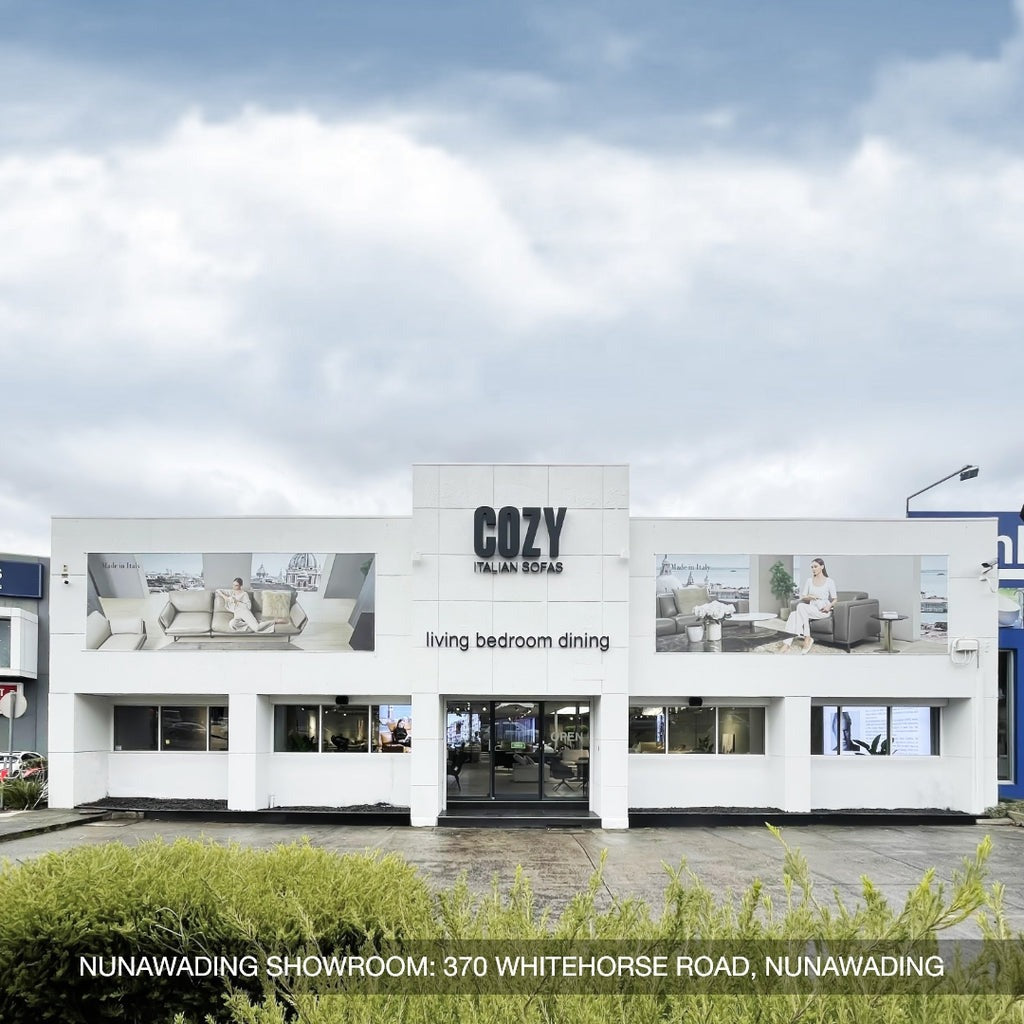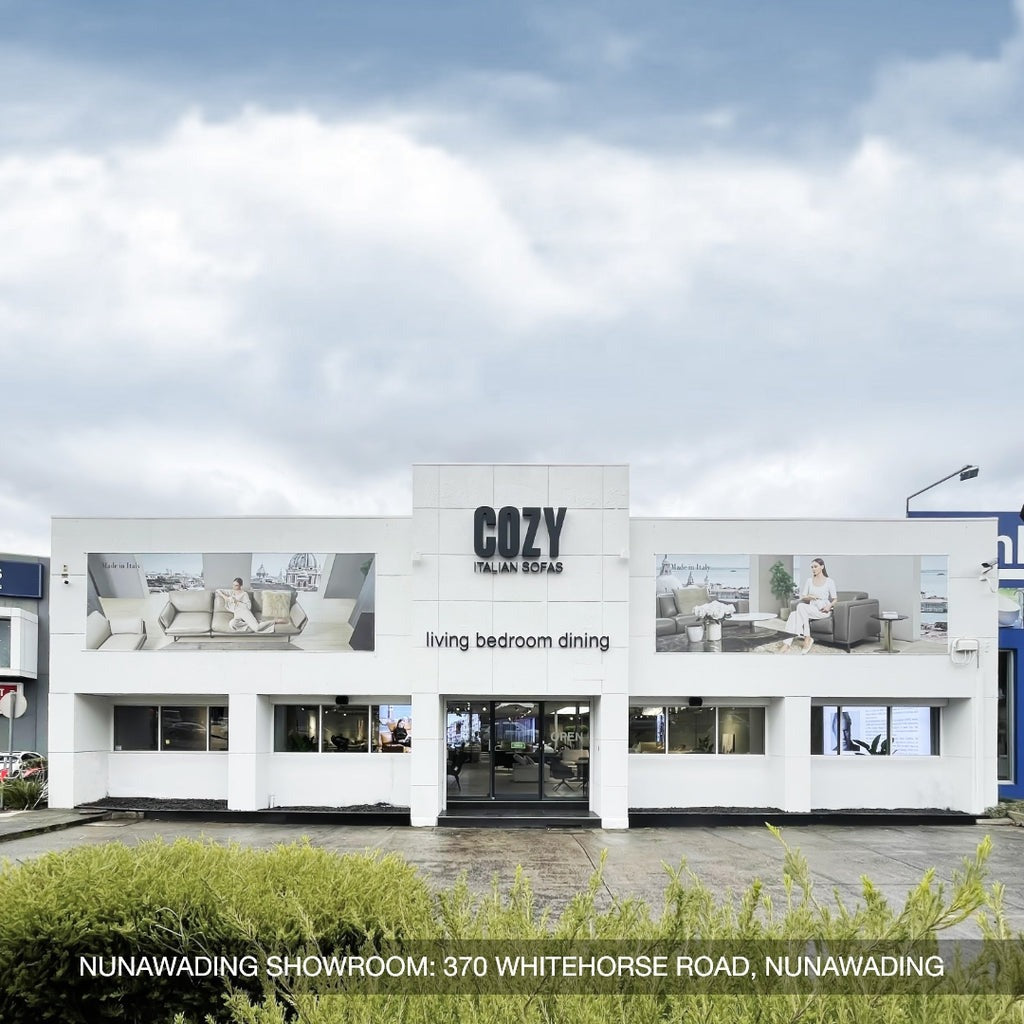Are coffee tables out of style? The answer is no because coffee tables are essential pieces of furniture that bring both functionality and style to any living space. From minimalist modern designs to rustic farmhouse charm, coffee table styles cater to every taste. In this guide, we’ll delve into the main coffee table styles, helping you choose the perfect piece to complement your home and elevate your living room’s aesthetic.
Shaker Coffee Tables
Shaker coffee tables originate from the Shaker religious sect, a group renowned for their principles of simplicity, utility, and honesty. These principles are clearly reflected in the design features of Shaker coffee tables.
- The legs are straight and simple, providing a clean and unadorned look that emphasizes functionality over decorative appeal. This straightforward leg design ensures stability and complements the table's overall minimalist aesthetic.
- The drawers in Shaker coffee tables feature dovetail joints, which are not only strong and durable but also a testament to the Shakers' dedication to high-quality construction. The drawers are finished with wooden knobs, which are in keeping with the sect's preference for natural materials and their avoidance of unnecessary embellishments.
- A slight bevel on the top edge of the table adds a touch of refinement to the table without detracting from its overall simplicity. The bevel softens the edges, making the table more inviting while maintaining its clean lines.
- You won't find inlays, carvings, metal pulls, or veneers on these pieces. This absence of decorative elements avoids the superfluous and embraces a timeless, unpretentious beauty.
Shaker coffee tables are primarily made from cherry, maple, or pine wood. These types of wood are chosen for their durability and natural beauty. The choice of wood not only adds to the table's sturdiness but also enhances its aesthetic appeal.
Shaker furniture is often painted in colors approved by the sect, such as blue, red, yellow, or green. These colors are not only historically significant but also add a touch of warmth and character to the furniture.
Their asymmetrical drawer arrangements or multipurpose forms, which add visual interest without compromising simplicity. These features make Shaker coffee tables versatile and practical. Their adaptability ensures they meet various needs such as for extra storage or a multi-functional piece while maintaining a cohesive look.
The classic design of Shaker coffee tables allows them to work in various room styles. Whether you prefer a modern, rustic, or traditional living room, choosing the right style of Shaker table can enhance your living room style coordination. Their understated elegance and functional design make Shaker coffee tables a timeless choice, embodying the best of coffee table styles.

Cottage Coffee Tables
When you browse coffee table styles, you’ll find that Cottage coffee tables are perfect for evoking a cozy, comfortable atmosphere typical of a country home.
- These tables often feature feminine lines and detailing, adding a touch of elegance to the rustic charm. These lines can be seen in the gentle curves and intricate carvings that adorn the edges and legs of the tables.
- Turned legs are often intricately shaped, with a series of rounded, spindle-like forms that add a classic, timeless look to the table. This design choice not only enhances the table’s aesthetic appeal but also provides a sturdy foundation that ensures durability.
- Cottage coffee tables' s finishes often feature soft, muted colors such as white, cream, pastel blues, and greens, which contribute to the table’s charming, vintage look. The distressed finish gives the table a worn, lived-in feel, adding to its rustic charm. This technique involves lightly sanding the edges and surfaces to reveal the wood underneath, creating a sense of history and character.
Industrial Coffee Tables
Industrial coffee tables draw their inspiration from the raw, unrefined aesthetics of factories and warehouses.
This style embraces the use of metal and wood, often in their most raw and natural forms. The metal elements are typically exposed, showcasing rivets, bolts, and welds that highlight the table’s industrial roots. The wood used is often reclaimed or left unfinished, adding to the rugged, utilitarian look. According to a coffee table material guide, this combination of materials not only adds visual interest but also ensures the table's durability and sturdiness.
Industrial coffee tables are intentionally rough-hewn, with a focus on solid, sturdy craftsmanship. These tables are built to last, with heavy-duty frames and robust surfaces that can withstand the test of time. The rough textures and unpolished surfaces contribute to their utilitarian appearance, making them a bold statement piece in any living room.
Industrial coffee tables are particularly well-suited for loft-style living rooms, where high ceilings and open spaces complement their bold, substantial presence. However, they also provide a striking contrast in softer-styled spaces.

Mid-Century Modern Coffee Tables
Mid-century modern coffee tables, which gained immense popularity in the 1950s and 1960s. This style is characterized by several key elements that continue to captivate design enthusiasts and influence contemporary furniture design.
- The hallmark of mid-century modern coffee tables is their clean and simple lines. The straightforward geometric shapes and smooth surfaces create a sense of order and elegance, making these tables perfect for modern interiors.
- Bent wood allows for the creation of fluid, organic shapes that add a sense of warmth and sophistication to the furniture. Molded plastic, on the other hand, offers smooth, futuristic forms that were groundbreaking at the time and remain stylish today.
- The finishes on mid-century modern coffee tables are typically understated, allowing the natural beauty of the wood to shine through. Whether using walnut, teak, or oak, the focus is on showcasing the wood’s grain, color, and texture.
- The principle of form follows function is a cornerstone of mid-century modern design. This philosophy emphasizes that the shape of an object should be primarily based on its intended function.
- The influence of mid-century modern design is still strong in contemporary furniture design. Its principles of simplicity, functionality, and natural beauty resonate with today's desire for sustainable and elegant home furnishings.
Parsons Coffee Table
The Parsons coffee table, a hallmark of 1930s modern design, is known for its distinctive and minimalist features.
- The Parsons coffee table typically comes in a square or rectangular shape, providing a versatile and balanced look that fits well in various room layouts. Its geometric simplicity is a key characteristic, making it an adaptable piece for different interior styles.
- The Parsons coffee table is its four flush, square legs, which are as thick as the tabletop. This design element creates a cohesive and sturdy appearance, ensuring stability while maintaining a sleek profile. The legs and tabletop are seamlessly integrated, giving the table a clean and modern look.
- The Parsons coffee table can effortlessly blend into a wide range of design styles, from minimalist and contemporary to more traditional or eclectic settings. Its straightforward design makes it a versatile piece that can be paired with different furniture and decor elements.
- The Parsons coffee table can be embellished or constructed with various materials to suit personal tastes and design preferences. Whether it's wood, metal, glass, or a combination of these, the table can be tailored to match the aesthetic of any room.

Modern Coffee Table
Modern coffee tables represent a broad category influenced by modernism, spanning from the late 19th century to the present day.
- Modern coffee tables prioritize simplicity and function, reflecting the core principles of modernist design. These tables are designed to be practical and efficient, with every element serving a purpose. This focus on functionality ensures that the tables are not only beautiful but also highly usable in everyday life.
- Clean lines and minimal ornamentation are hallmarks of modern coffee table styles. These tables often have sleek, unadorned surfaces that create a sense of order and clarity. The absence of excessive decoration highlights the beauty of the materials and the elegance of the design.
- Modern coffee tables commonly use a variety of materials, including glass, metal, and wood. Glass tops provide a sense of openness and lightness, metal frames add an industrial edge, and wood offers warmth and natural beauty.
Contemporary Coffee Table
Contemporary coffee table styles are all about embracing current design trends. They incorporate the latest materials, shapes, and finishes to create pieces that feel fresh and up-to-date. Incorporating elements of coffee table feng shui can also be considered when choosing contemporary coffee tables. This practice focuses on the flow of energy within a space, ensuring that the coffee table contributes to a harmonious and balanced environment.
Glass tops and metal bases are common features, providing a sleek and modern look. The use of contrasting materials and striking forms helps contemporary coffee tables stand out as focal points in any space, enhancing the overall aesthetic of the room.
Conclusion
Coffee table styles continue to evolve, offering endless possibilities to enhance your living space. From cozy Cottage tables to sleek Mid-Century Modern designs, there's a perfect style for everyone.
Discover the best options for your home at COZY, where you’ll find a wide range of stylish and functional coffee tables. COZY has the perfect piece to complete your living room. Explore our collection today and transform your space with a beautiful coffee table from COZY.





